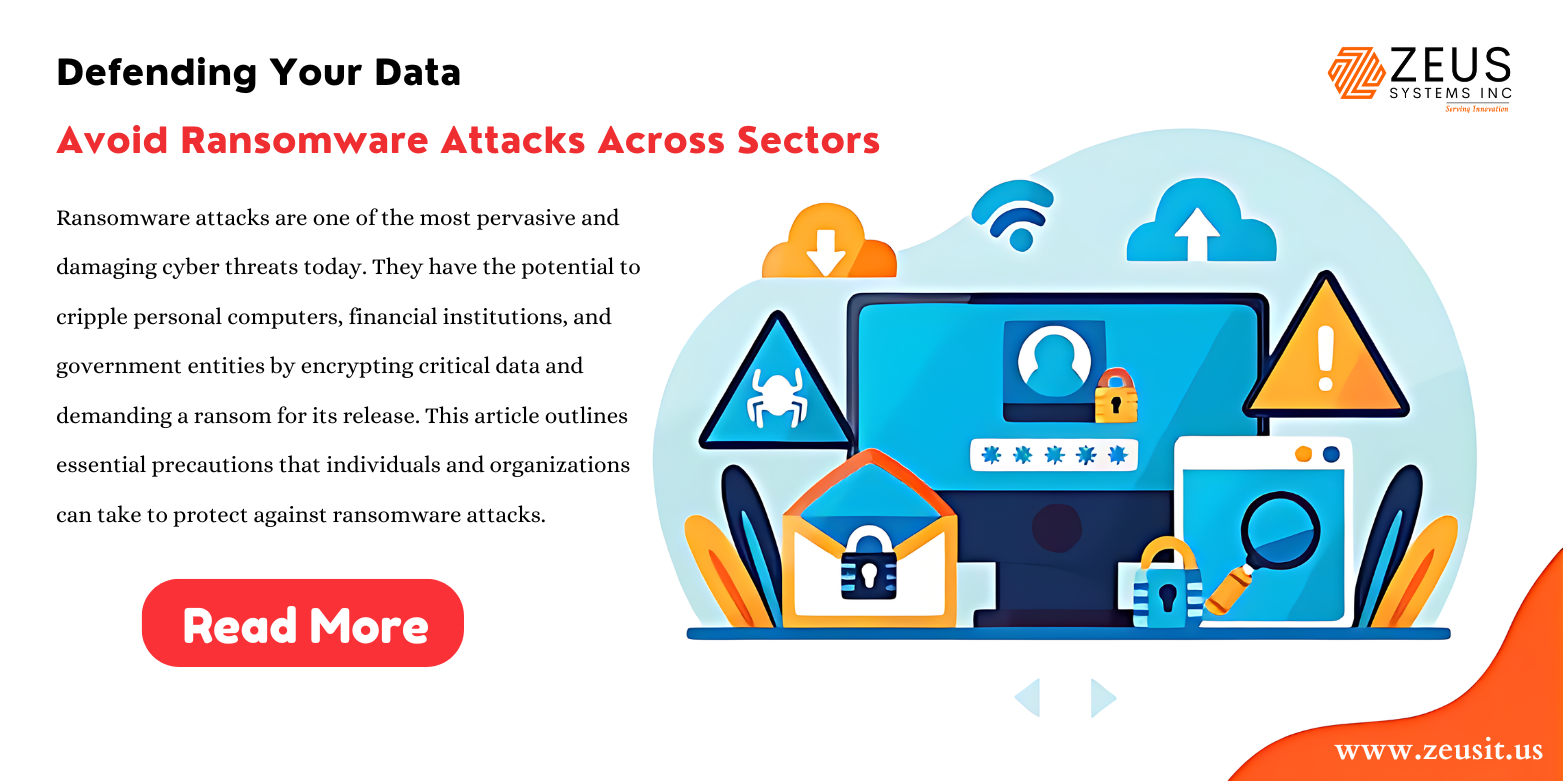1. Prologue — Why We Need a Revolution in Health Tech
Traditional medicine—relying on systemic drugs, gene therapies, and diagnostics—has made incredible strides. Yet, countless chronic conditions, rapid-onset illnesses, and complex diseases like cancer and autoimmune disorders remain stubbornly resistant to conventional approaches.
The bottleneck? Timing, precision, adaptability. We diagnose late. We treat broadly. We can’t evolve our therapies in real time.
Imagine a world where your body houses smart molecular guardians that:
- Detect the earliest whispers of disease,
- Choose the most precise corrective actions,
- Adapt continuously as your physiology changes.
That world begins when we embed quantum‑enhanced biosynthetic circuits inside living cells.
2. Foundations: Converging Disciplines
A. Quantum Sensing & Computing in Biology
- Quantum sensors (like NV‑centers in diamond, quantum dots) can register molecular-scale electromagnetic and chemical changes within femtoseconds and nanometer precision.
- Quantum computing enables the rapid processing of complex, noisy biological datasets—unachievable with classical algorithms.
B. Epigenetics: The Biochemical Switchboard
- DNA methylation, histone modifications, chromatin remodeling — these are the body’s natural gene-expression controls.
- Tuned epigenetically, we can upregulate a protective gene or silence a pathogenic one in minutes.
C. Synthetic Biology: Programming Life
- Genetic circuits (e.g., toggle switches, oscillators) are already used to engineer microbes with specific sensing/response behaviors.
- But current circuits are pre-programmed and static.
Bringing these together yields autonomous, self-modifying therapeutic circuits that think, sense, and act—right inside your body.
3. Architecture of the Biosynthetic Circuit
3.1 Sensor Layer
- Integrate quantum nanosensors (e.g., diamond NV dots, graphene qubits) into cellular membranes or organelles.
- These monitor local biomarkers—oxidative stress, cytokine profiles, metabolic ratios—in real time.
3.2 Processing Network
- Quantum‑classical hybrid processors receive sensor input.
- They use quantum pattern recognition to decode complex event signatures (e.g., early tumor signaling vs harmless inflammation).
3.3 Epigenetic Actuator Layer
- Based on processor output, specialized effectors perform targeted epigenetic editing:
- DNA methyltransferases,
- Histone acetylases/deacetylases,
- Non-coding RNA modulators.
- These rewrite gene expression patterns epigenetically, activating protective pathways or repressing harmful genes.
3.4 Self‑Learning Feedback
- Using reinforcement learning, the circuit adapts its thresholds and response intensities.
- Over time, it builds a personalized epigenetic memory of your physiology—responding more swiftly, with fewer false triggers.
4. Spotlight Use Cases
4.1 Chronic Inflammation (e.g., Early‑Onset Crohn’s)
- The circuit senses gut inflammatory cytokines localized in the intestinal mucosa.
- Real-time quantum detection flags early immune dysregulation.
- Actuator silences pro-inflammatory genes, upregulates healing pathways.
- The result: silent remission, no corticosteroids, no immune suppression.
4.2 Cancer Preemption
- Tumorigenesis begins with minor metabolic and epigenetic shifts.
- Quantum sensors detect these hybrid signatures early.
- Circuit responds by epigenetically reactivating tumor‑suppressor genes (e.g., p53) in situ—before a malignancy forms.
- Non-toxic, cellular-level cancer prevention.
4.3 Metabolic Homeostasis (e.g., Familial Hypercholesterolemia)
- Sensors monitor LDL/HDL ratios across liver and vascular tissues.
- When LDL surpasses genetically set safe thresholds, actuator increases expression of LDL receptor genes and lipid efflux pathways.
- A discreet, lifelong thermostat for cholesterol.
5. Manufacturing & Delivery
5.1 Building the Circuit
- Assemble quantum sensor-integrated genetic constructs in lab-grown cell lines (e.g., stem cells).
- Validate sensing fidelity and epigenetic controllability in vitro.
5.2 Delivery Mechanisms
- For systemic conditions: exosome-coated stem cells carrying the circuit.
- For localized use (e.g., gut, liver): viral vectors or bacterial microbots seeded at the target site.
5.3 Safety Horizons
- Embedded molecular “kill-switches” triggered by specific environmental cues or synthetic inducers.
- Redundant logic gates ensure actuators fire only under validated signal patterns—a cellular “two-factor authentication.”
6. Potential Ripple Effects
6.1 Medical-Economic Transformation
- Prophylactic, lifelong therapies reduce hospitalization and drug costs long-term.
- Resource focus shifts to precise delivery, bio-integration, and monitoring.
6.2 Regulatory & Ethical Paradigm Shifts
- Circuits are living medical devices, merging therapy and device law.
- Questions on inherited epigenetic changes—must we regulate germline effects?
- Individualized epigenetic “trajectories” give rise to new debates in intellectual property.
6.3 Privacy & Control
- Epigenetic memories inside your cells — who owns this data?
- Could insurers or employers demand access? We’ll need new bio-rights frameworks.
7. Challenges & Countermeasures
- Quantum‑biological interfacing: Protein instability, qubit decoherence.
- Mitigation: Robust encapsulation, error-correction schemes, synthetic scaffolds.
- Off‑target epigenetic effects: Could silence essential genes.
- Mitigation: Stringent multi-signal gating; ongoing high-throughput monitoring.
- Immunogenicity of circuit elements:
- Use stealth designs—humanized proteins, cloaked stem cells, minimal immunostimuli.
- Ethical / regulatory friction:
- Enforce “epigenome free movement”: no heritable changes without explicit consent.
- Establish citizen bio-rights and circuit oversight commissions.
8. Speculative Horizon: Life‑Enabled Computing
- When circuits proliferate, we’ll be living with distributed bio-computing fabrics—your cells talk to each other via epigenetic language.
- Create bio-networks that share learning across individuals—like a biosystem version of open-source intelligence.
- Long-term: possibility of interspecies quantum-epigenetic symbiosis—bio‑machines in plants or ocean microbes.
Conclusion — Toward the Next Human Epoch
Quantum‑Epigenetic Biosynthetic Circuits aren’t just an incremental improvement—they’re a quantum leap. They ask us to rethink medicine: not static pills or therapies, but dynamic, self-learning, semi-autonomous cellular agents.
These circuits could render chronic disease extinct, cancer a footnote, and metabolic imbalance obsolete. But they also demand a new bio-legal ecosystem—ethics, privacy, governance. The coming decade invites a cross-disciplinary convergence—synthetic biologists, quantum physicists, ethicists, regulators—to write not just new code, but a new chapter in human evolution.



